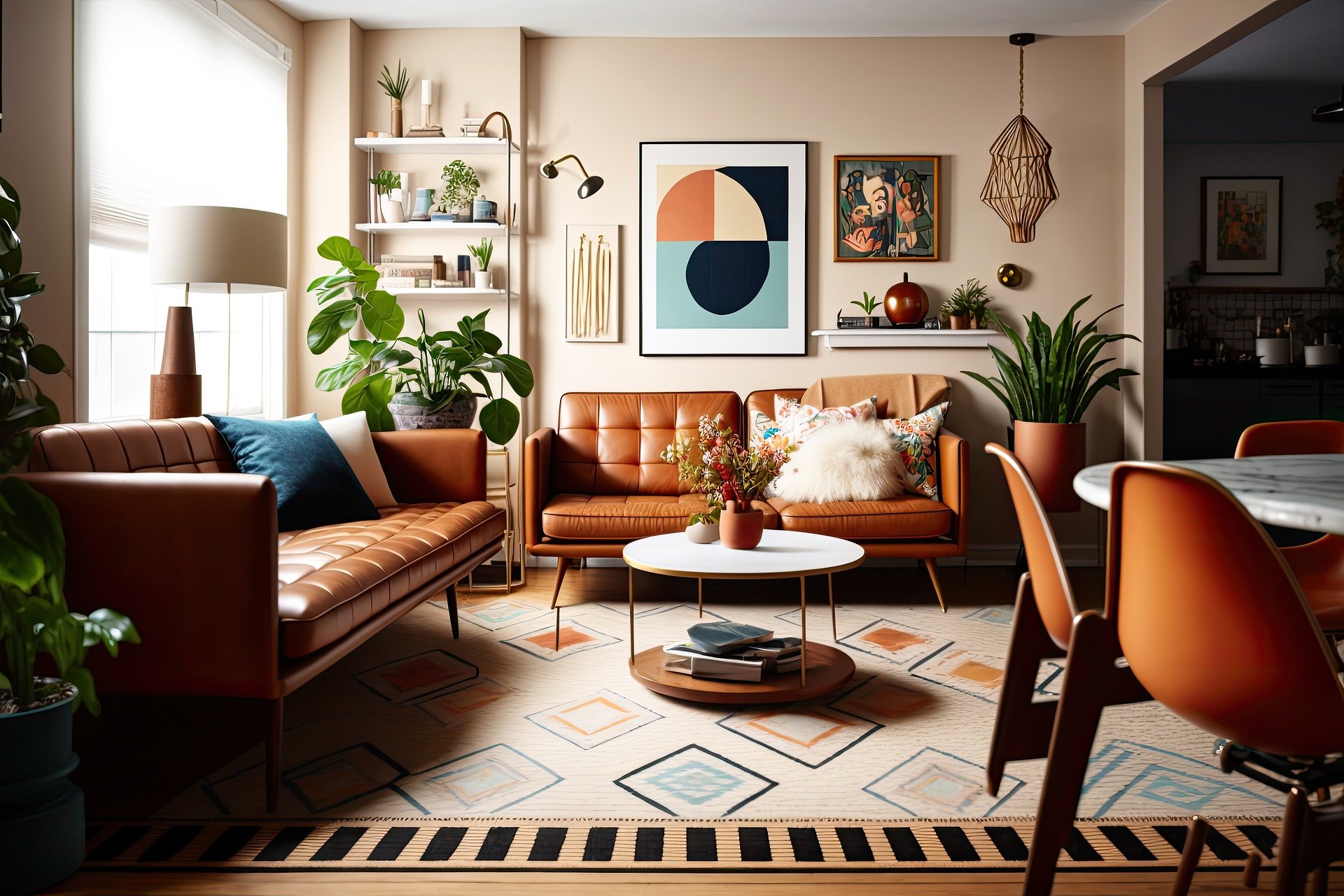Smart Interior Design Tips for Living Rooms & Bedrooms
Create a home that’s both stylish and livable with practical interior design strategies for living rooms and bedrooms. Learn how to choose furniture by scale and durability, arrange seating for flow, layer lighting, add personality without clutter, and build a restful bedroom that supports sleep and storage. Ideal for anyone planning a room update or full refresh—tips focus on function, comfort, and long-term value.

Why interior design matters
Interior design organizes a room to work better for the people who use it. It’s not just about looks—good design considers light, proportions, traffic flow, storage, and materials so spaces feel comfortable and usable. Start by observing how a room is used daily: routines, peak activity areas, and circulation paths. When function leads the decisions, choices about color, texture, and layout fall into place. Durable finishes and flexible furniture also help interiors adapt as your lifestyle changes.
Choosing furniture that fits your life
Picking furniture is a balance of scale, comfort, and longevity. Measure the space and sketch where major pieces will sit so nothing overwhelms or disappears in the room. Prioritize quality for frequently used items—sofas and beds are worth a stronger investment. Combine different materials and silhouettes for interest, but limit the palette so the room feels cohesive. Multi-purpose pieces, like storage ottomans or platform beds with drawers, maximize utility in small spaces. Whenever possible, try seating and mattresses in person to test comfort and ergonomics before buying.
Adding personality without creating clutter
Personal style comes through in curated layers rather than a pile of small items. Choose a few standout elements—an artwork, a sculptural lamp, or a distinctive rug—and let secondary pieces support them. Mix textures such as wood, metal, glass, and woven fabrics to add depth while keeping colors restrained to avoid visual noise. Rotate smaller accessories seasonally to keep the look fresh. Houseplants are an affordable way to add life and soften angles. Don’t forget negative space; leaving breathing room around objects makes a space feel calm and intentional.
Designing a living room that works
A functional living area supports conversation, relaxation, and media use. Identify the room’s focal point—whether it’s a fireplace, a window with a view, or the media center—and orient seating to engage with it while maintaining clear pathways. Keep coffee tables 14–18 inches from seating for reachability and allow at least 30–36 inches for main circulation routes. Layer lighting: ambient overhead fixtures, task lamps for reading, and accent lighting for atmosphere. For flexibility, select modular or lightweight pieces that can be reconfigured for gatherings. Built-in shelves, credenzas, or closed cabinetry help keep surfaces tidy and store electronics and games out of sight.
Creating a bedroom that supports rest and routine
Bedrooms should feel restful and practical. Begin with a supportive mattress and breathable bedding to improve sleep quality. Reduce screens and bright light within the sightline from the bed to encourage better sleep habits. Use soft, layered lighting—dimmable overhead lights combined with bedside lamps—to create a soothing environment. Maximize storage with under-bed containers, fitted wardrobes, or multifunctional headboards to minimize visual clutter. Choose a calm color scheme and tactile materials such as wool rugs or linen curtains to introduce warmth without overstimulation.
| Service | Typical Price Range |
|---|---|
| Initial consultation (hourly) | $50 - $200 |
| Single-room refresh (furniture + styling) | $800 - $5,000 |
| Custom built-in storage | $1,000 - $10,000+ |
| Full redesign (multiple rooms) | $3,000 - $30,000+ |
Prices are estimates and will vary by location, scope, and provider. Use these figures for general planning only.
Small changes with big impact
Often the most effective improvements are minor but well chosen: update lighting, add purposeful storage, or adjust furniture placement. Swapping a rug or repositioning seating can dramatically change how a space feels without a large budget. Aim for choices that improve day-to-day usability and will stand up over time.
Final thoughts
Thoughtful interior design blends practical planning with personal expression. Start by defining how each room must function, then select furniture and finishes that respect scale and durability. Layer decor deliberately to reflect your style without clutter, and prioritize sleep-friendly elements in bedrooms. Over time, decisions that emphasize usability and quality make a home more comfortable and adaptable—so small, smart updates often deliver the most satisfying results.






